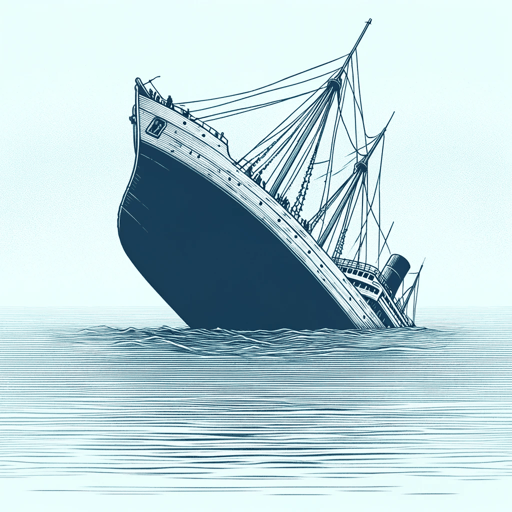44 pages • 1 hour read
Nathaniel PhilbrickIn the Heart of the Sea: The Tragedy of the Whaleship Essex
Nonfiction | Biography | Adult | Published in 2000A modern alternative to SparkNotes and CliffsNotes, SuperSummary offers high-quality Study Guides with detailed chapter summaries and analysis of major themes, characters, and more.
Chapters 1-3Chapter Summaries & Analyses
Chapter 1 Summary: “Nantucket”
Content Warning: This section references survival cannibalism as well as violence against animals.
In the summer of 1819, Thomas Nickerson and his friends Barzillai Ray, Owen Coffin, and Charles Ramsdell were preparing to go to sea in the whaleship Essex, which would soon set sail from Nantucket. Nantucket was fast becoming the US’s central whaling hub, especially thanks to the industry’s shift from hunting right whales to hunting sperm whales, which had become the “single-minded pursuit” of those who called the island home (6). While whale hunting had initially been done either from the shore or in small whaling boats that hugged the coastline, the industry now used large ships that could sail for months and years at a time. This allowed whalers to hunt sperm whales, which stayed farther out at sea but were more valuable thanks to their larger size and better quality of blubber.
Nineteenth-century Nantucket was a unique place on account of its idiosyncratic cultural and religious identity. The island was largely made up of families who had lived there for generations, and many belonged to the Quaker religious community. The island’s dedication to whaling also contributed to its singular cultural identity: Most residents were deeply religious and dedicated to pacifism, most would marry young and have children, and most women would become used to keeping one another company without their husbands (who would be gone for two or three years at a time on expeditions).
Related Titles
By Nathaniel Philbrick



